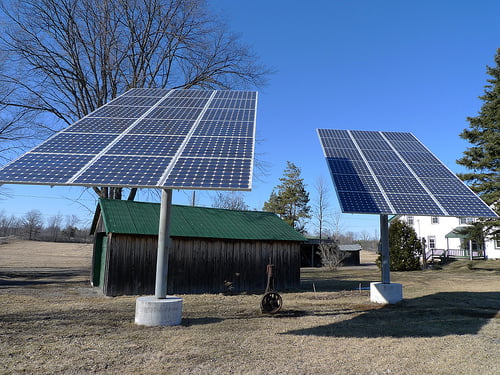Solar power must become more efficient and less expensive to compete with energy produced by fossil fuels. Silicon-based solar cells are the dominant technology in the field, but the widespread adoption of these cells has been slowed by their high costs. Solar cells that use inorganic nanocrystals or “quantum dots” could be a cheaper alternative, but they are generally less efficient at turning solar energy into electricity.
Technion-Israel Institute of Technology researchers have now found a new way to generate an electrical field inside the quantum dots, making them more suitable for building an energy-efficient nanocrystal solar cell.
In their report in the October 9 issue of Nature Materials, Professor Nir Tessler (of the Zisapel Nano-Electronics Center in the Technion Department of Electrical Engineering) and colleagues describe how they “tuned” the electrical properties of quantum dots before testing their capabilities in a model solar cell.
Nanocrystal or quantum dots “are promising materials for low-cost and high efficiency solar cells” due to their unusual electronic properties, Tessler said. For instance, the size of a quantum dot is uniquely correlated to its light absorption, so changing a dot’s size can maximize its ability to harvest light within a solar cell.
To live up to their promise, however, the dots must share electrons efficiently-a feat that has been difficult to control. The Technion study offers a new way to bring an electrical charge to the dots-each about one-millionth the size of the period at the end of this sentence.
Tessler and colleagues were able to generate strong electrical fields within the dots by capping them with two different organic molecules. The chemical groups that attach the molecules to the dots’ surface generate the electrical field, they show.
…
To continue reading this article, click here.
Via Newswise
Photo by spanginator
Related posts

Resilient And Nutritious New Plant-Based Milk Aims To Make A Splash

Chocolate From Cultivated Cocoa Comes Without Environmental Toll

Plastic Fantastic: Startup Takes PVC Back To Its Crude Oil Roots




Facebook comments